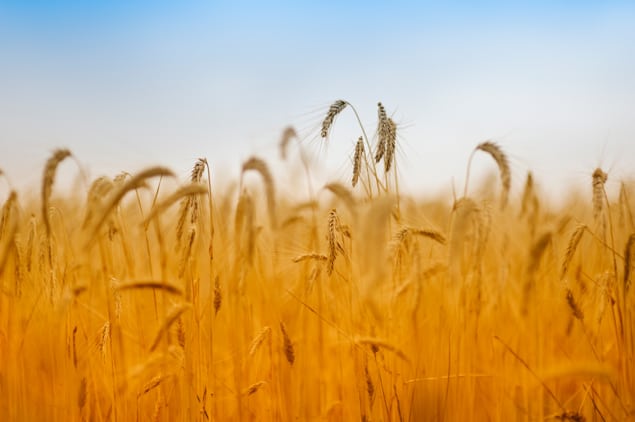Egypt looks likely to fail on wheat self-sufficiency
29 Oct 2018
A plan by the Egyptian government to make the country self-sufficient in wheat will likely fail by the 2040s, according to a study by researchers in Egypt and the US.
The plan involves intensifying farming methods and the near-doubling of irrigated land for wheat production by 2035, from 3.9 to 7.7 million hectares. According to the study, however, even a modest growth in population will swiftly consume the extra yield from this expansion.
“As about 30% of wheat is irrigated globally, the challenges Egypt is facing are similar to other countries trying to increase agricultural production,” says Senthold Asseng of the University of Florida, US. “What we learn from our study in Egypt will also apply to other parts of the world.”
Egypt is the world’s largest importer of wheat, growing only half of its total consumption. Demand is expected to triple by the end of the century. To improve food security, the Egyptian government hopes to make the country self-sufficient in wheat by expanding irrigated desert land using water from beyond the Nile, such as from the Sudd wetlands of South Sudan via the long-delayed Jonglei Canal.
To see how far this will go to meet Egypt’s wheat demands, Asseng and colleagues performed computer simulations of crop yields under different climate change scenarios. They found that, under the “most likely” scenario of high greenhouse-gas emissions, crop yields per hectare will decline due to rising temperatures. And, if population growth remains at its current level of 2.2% a year, the demand for wheat will outpace wheat production, and Egypt will never become self-sufficient, despite the expansion of irrigated land.
If population growth falls, the researchers found that Egypt would, with its programme of expanded production, become self-sufficient in wheat in the near future. However, demand would outpace supply again come the 2040s, and the country would be forced to import once more.

“Feeding a growing world population will be a challenge not only for Egypt due to negative impacts of climate change on food production and limits to fresh water,” says Asseng. “While some of the food crisis might seem far away, we are all contributing to climate change via CO2 emissions and are also connected with each other via trade and migration of people fleeing regions of crisis.”
Asseng believes this and other challenges in food security can only be solved via international research networks such as the Agricultural Model Intercomparison and Improvement Project (AgMIP), which involves more than 1,000 scientists worldwide.
“The big challenges of food security can’t be solved by individuals, a single institution or country alone,” says Asseng. “Through AgMIP and the collaborations within, we apply climate, crop and economic models to better understand climate change impacts on agriculture and food security and to prepare for adaptation measures.”
Asseng and colleagues reported their findings in Environmental Research Letters (ERL).
Jon Cartwright is a freelance science writer based in Bristol
29/10/2018 from physicsworld.com

Δεν υπάρχουν σχόλια:
Δημοσίευση σχολίου